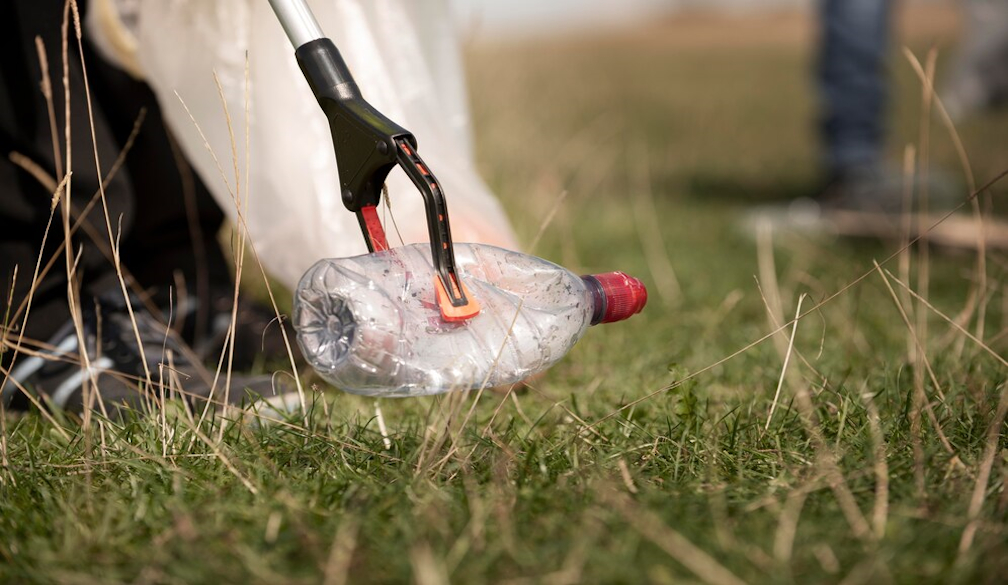Working at Height, How Can the Dangers Be Minimised?

Many things can go wrong when working at heights. People can get hurt, fall, or even hurt pedestrians when the tools fall. The risks are high, and thus it is critical to observe safety guidelines. You can avoid these accidents and minimise harm in several ways. First, workers need education about working at heights. That’s why it's important for every worker to take a working at heights course to ensure their safety. Some of these courses provide certificates necessary to perform that show you have had training and know how to conduct yourself at heights.
Dangers of Working at Heights
Using equipment for the wrong purpose - One of the dangers of working at heights comes from using incorrect equipment or the wrong way. For example, when you set up a scaffolding tower wrongly, it can end as badly for you as it would if you misused it. Likewise, putting a ladder on the table to reach something counts as using the ladder for the wrong purpose.
Not using equipment at all - You might not realise how many people don't use equipment when working. This is because it poses more of a threat when performing tasks that require equipment, and workers decide to improvise and end up causing more harm than good.
Using tools at heights - How you use tools at heights plays a significant role in your interaction with the environment. An excellent example is when you use a ladder to scale a wall and drill a hole in the wall. The more pressure you add to the wall as you drill, the more difficult it can be to maintain your balance on the ladder. There is added force in the opposite direction; hence, it’s easier to overbalance the ladder. Bigger tools require you to exert more pressure, increasing the chances of falling over.
Minimising the Danger
There are several ways we can go about reducing the risk that comes with heights and avoiding fatalities.
Roof Walkways
This is a permanent safety feature for maintenance and a starting point to ensure workers can easily reach elevated sites. The non-slip and full path complies with the industry standard and is an effective way to prevent falling. Another advantage of this method is that its cost-effective and provides easy access to skylights.
Guardrail Systems
This is a great way to ensure employees' safety on elevated surfaces. Guardrails effectively prevent falls and don't require wearing fall arrest systems. In addition, they are cost-effective, easy to install, and suit most roof surfaces.
Proper Height Training
Working at heights can be dangerous, and a sure way to prevent these accidents is to ensure that everyone on the roof has had height training. In addition, the workers must be aware of the possible consequences of working at heights.
Correct Use of Machines
This is crucial since misusing tools and equipment can lead to accidents. It is also essential that the workers know their way around specific machinery with great mastery. Wearing the protective clothing needed to operate particular machinery is also important.
Conclusion
When working at heights, everything that happens must be pre-planned. The people working on the roof must also be aware of their surroundings to prevent accidents. In addition, supervision is necessary to ensure that workers are doing their job correctly and are not misusing equipment.









